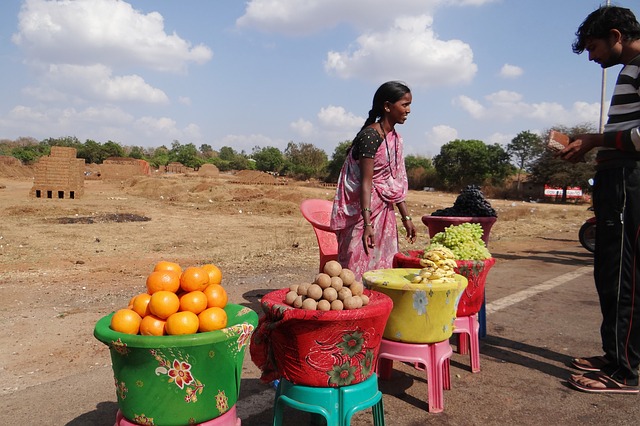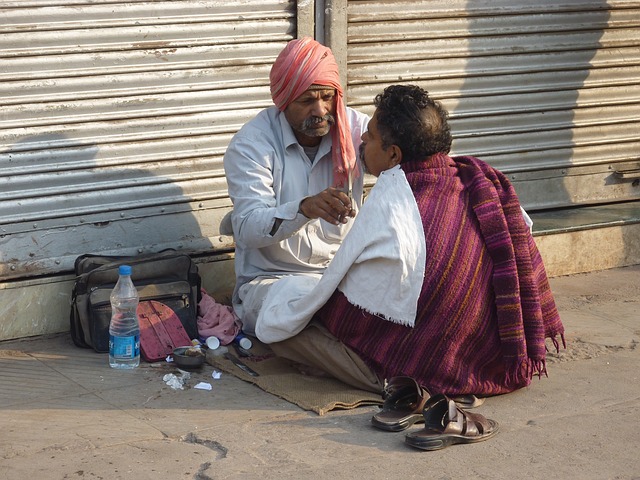A lot of drastic changes have happened in past few years’ courtesy to all the technological advancement but by the grace of God some things haven’t changed and one of them is the urge to travel and explore. When it comes to beaches the urge has only increased! Going for a dive, or just lazily relaxing, soaking in the for Vitamin D, enjoying a swim or surfing, this is what comes to mind when we think of a beach and this is exactly what Marina Beach (Chennai) offers.

Marina Beach of Chennai is probably the most famous beach in the country, more famous than the beaches of Goa. If anyone thinks of Chennai one creates an image of Marina Beach in their mind. The beach is pride of Chennai (formerly known as the city of Madras). What makes it famous is the fact it’s the longest beach in the country and second longest beach in the world. The turquoise crystal clear waters, the golden sand and a lot of fun activity on the beach make Marina Beach the prime tourist destination of Chennai. Marina beach is different from the rest of beaches as we rarely encounter a beach with statues of Tamil actors. The beach has become a sort of tomb for leaders like Anna and MGR.

The beach is pleasantly cool during the evenings and the smooth breeze from the ocean makes a walk very nice. During the day in the South Indian summer, it’s scorching hot and humid. Chennai has never very cool but it can get pleasant in winters and breeze on the beach a little cooler. A lot of people come to the beach for an early morning or evening walk. It is thought that around 15000 people go to the beach every day.
Marina Beach starts from Fort St George and ends at Besant Nagar and covers a length of 13 kilometres. The beach has wide foreshores with width around 300 metres. Over the last few years it has become a bit dirty with plastic bottles being littered all over the place but nonetheless it’s the most popular picnic spot in Chennai.
Things to do on Marina Beach
Leisure & Entertainment Activities at Marina Beach
Located along the Bay of Bengal on the eastern side of Chennai Marina beach is a popular site for surfing thanks to its strong currents. Because of the very strong currents, people don’t usually swim. This doesn’t stop people coming to this place in large numbers. It’s a picnic spot on the weekends and also the meeting point for youngsters. There are number of food stalls on the beach where people enjoy snacks and dinner. In addition, there are numerous excellent restaurants along the beach some catering finest food in Chennai. Chennai is the best place to try the famous “masala dosa”.

For those interested in shopping, the local hawkers have everything Indian you can think off. From sea shells to the kites, silks sareesa and shawls, you can buy whatever you want.
Attractions around Marina Beach
Some of the most of the famous buildings that you could visit in Chennai like the Chepauk Palace, Chepauk Stadium, University of Madras, Senate House lie along the Marina Beach drive. There is a famous lighthouse called the “Madras Light House” facing the Bay of Bengal a popular landmark is worth visiting. There is also a huge golf course along the drive if you are interested in playing golf in Chennai. Here’s more on what to do on Indian beaches.
Aquarium, Pool and the Memorials
Located on the beach there is an aquarium which is home to some of the rarest and exotic tropical sea fishes. The aquarium makes you feel like you have taken a dive into the sea to watch the beautiful fishes. The aquarium also houses a variety of freshwater fishes. There is also an Ice House where ice have been brought from the lakes of US and Canada. There is also a pool alongside the beach that attracts a lot of swimmers. There is also a victory memorial constructed in memory of Indian soldiers who died fighting for the British Army during the first and Second World War.
https://www.youtube.com/watch?v=pfDLYeZhkOM&spfreload=5
Marina Beach was completely destroyed in December 2004 when Tsunami lashed the shores which killed hundreds of people. Since then it hasn’t got back its lost sheen but work is being done for it to regain its lost status and become a major tourist attraction like it used to be in its glory days. When in Chennai, a visit to the Marina beach is a must to soak up the vibrant Tamil ambience.















